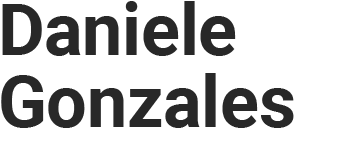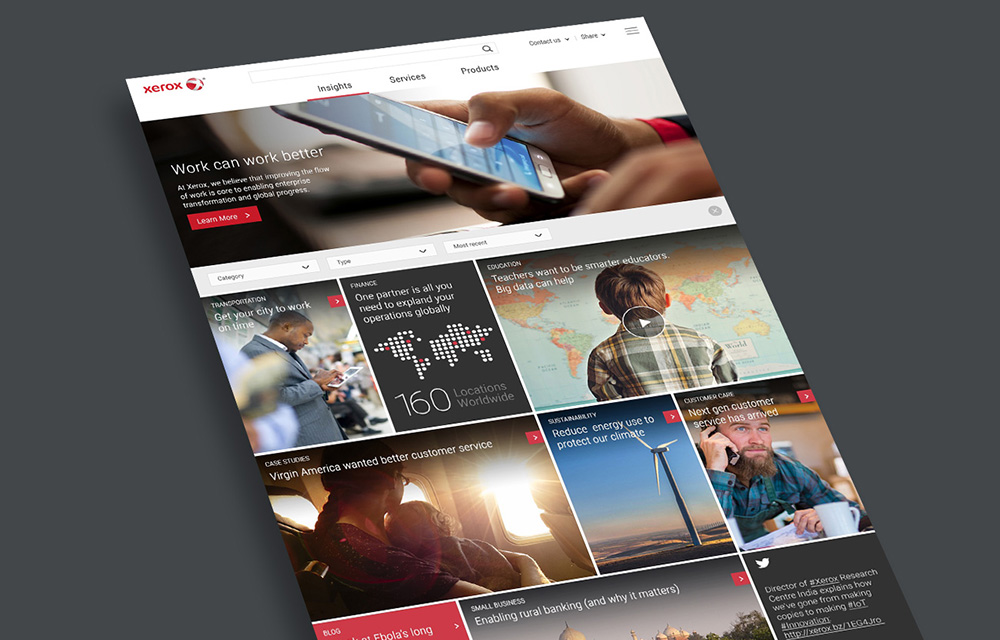At its best, advertising asks us to not just consider a product, but to invest in a story. Usually, though, advertising is about trends, so we’re repeatedly forced to reimagine how we work. As a result, adaptability isn’t just a part of agency culture; it’s a job requirement. We work long, odd hours. We lean into change. And we’re happy to level good work for great work because we know how to make smart decisions quickly.
But have our clients adopted the same mentality?
At the end of this year, Xerox, a $20 billion dollar company, will split into two parts. One will retain the Xerox name, global brand recognition, and its printing products; the other one will inherit the services and a new name, Conduent. The high-level implications of the split are no doubt being discussed by Xerox’s agencies and partners, but before we can move forward with them, it’s worth considering how we got here: did this happen as a direct, unavoidable result of an unexpected market change, or did Xerox refuse to shift strategy despite warning signs?
In 2009 Xerox acquired ACS (Affiliated Computer Services), a 6.5 billion dollar company whose expertise in business services balanced the company’s business products, lining them up to dominate the market as a new class of solution provider. Overnight, Xerox became a $22.5 billion dollar company with more capabilities, employees, and processes to align than ever before. And while they focused on internal integration and alignment, arguably not enough consideration was given to their new public perception or story.
When VML got involved in 2013, we were digital partners asked to redesign the services part of the Xerox website to include ACS’ web presence—without considering or integrating a new, united brand story. With misaligned, separate strategies—one for Xerox products, the other for their newly acquired services—it became difficult for consumers to connect to a brand that had previously been so familiar.
A year later when it was clear that Xerox required more than a superficial facelift to fix a global brand perception problem, a change in leadership allowed us to propose a new vision for Xerox’s digital presence, not only through design, but also through a new content and communication strategy. We began to shift the focus from software and product benefits to stories of success and how Xerox’s thinking enabled companies to be more competitive in the new marketplace.
It was years too late.
Now, Xerox is going back to its previous configuration, and a few questions still remain. What if they would have made the right changes to their communication strategy at the moment of the merge? What if they would have moved at a faster pace? And, why have they not?
Clients demand more from agencies than just deliverables. They demand speed. They want us to be nimble so we can effectively react to an unforgiving, unpredictable market, but they don’t extend these expectations to themselves. Yet to survive in a marketplace that has so seamlessly integrated digital experiences, companies need to shift their mentality from “digital as an unavoidable” to “digital as an essential.” In doing so, they’re likely to find that their own digital ecosystem already exists; it just needs some care. Where the story—where the company—goes from there can and should be able to pivot in anticipation of the market, but one thing must remain: a clear, compelling experience centered around the customer. And it doesn’t have to be perfect right now. It just has to be.


